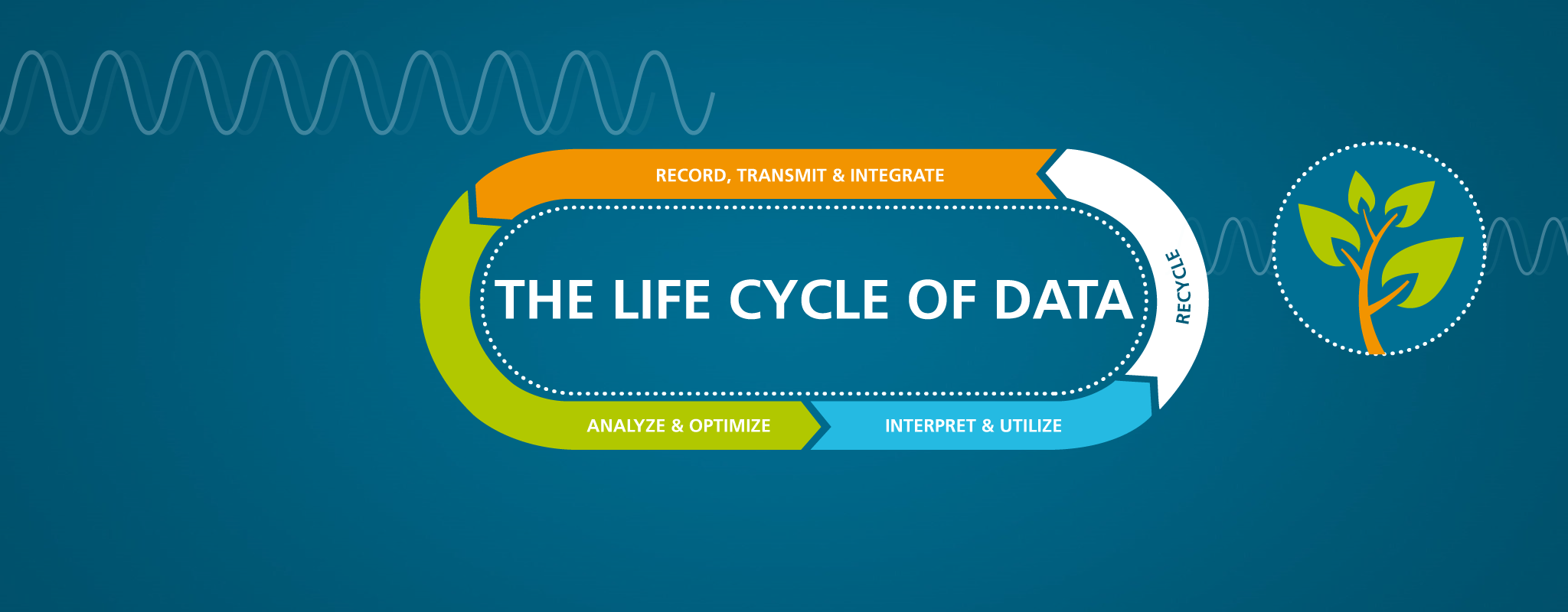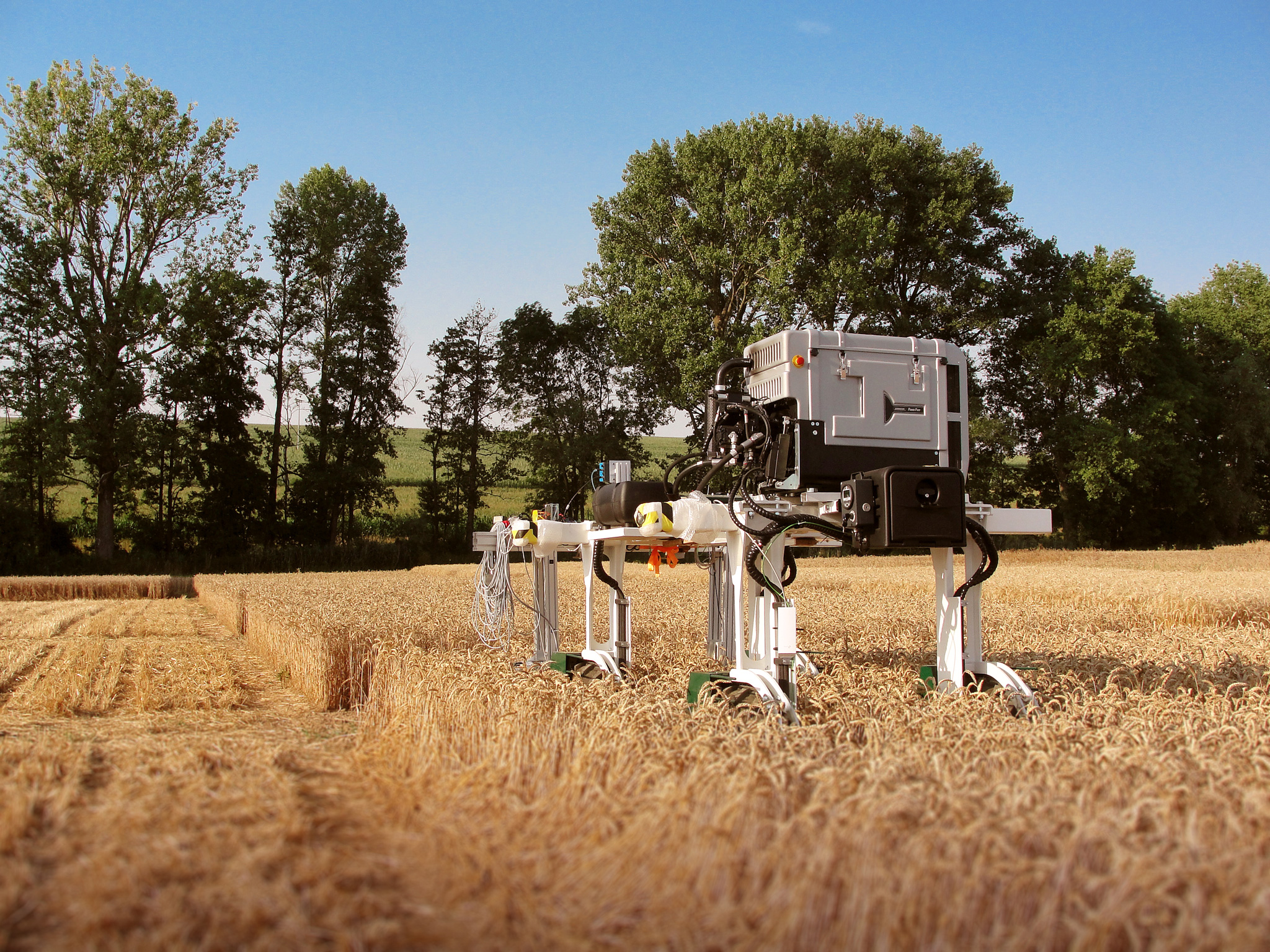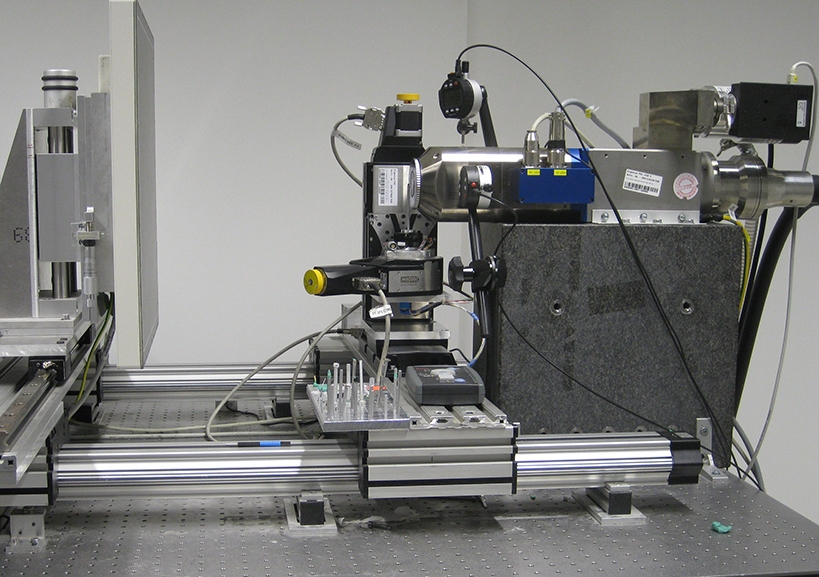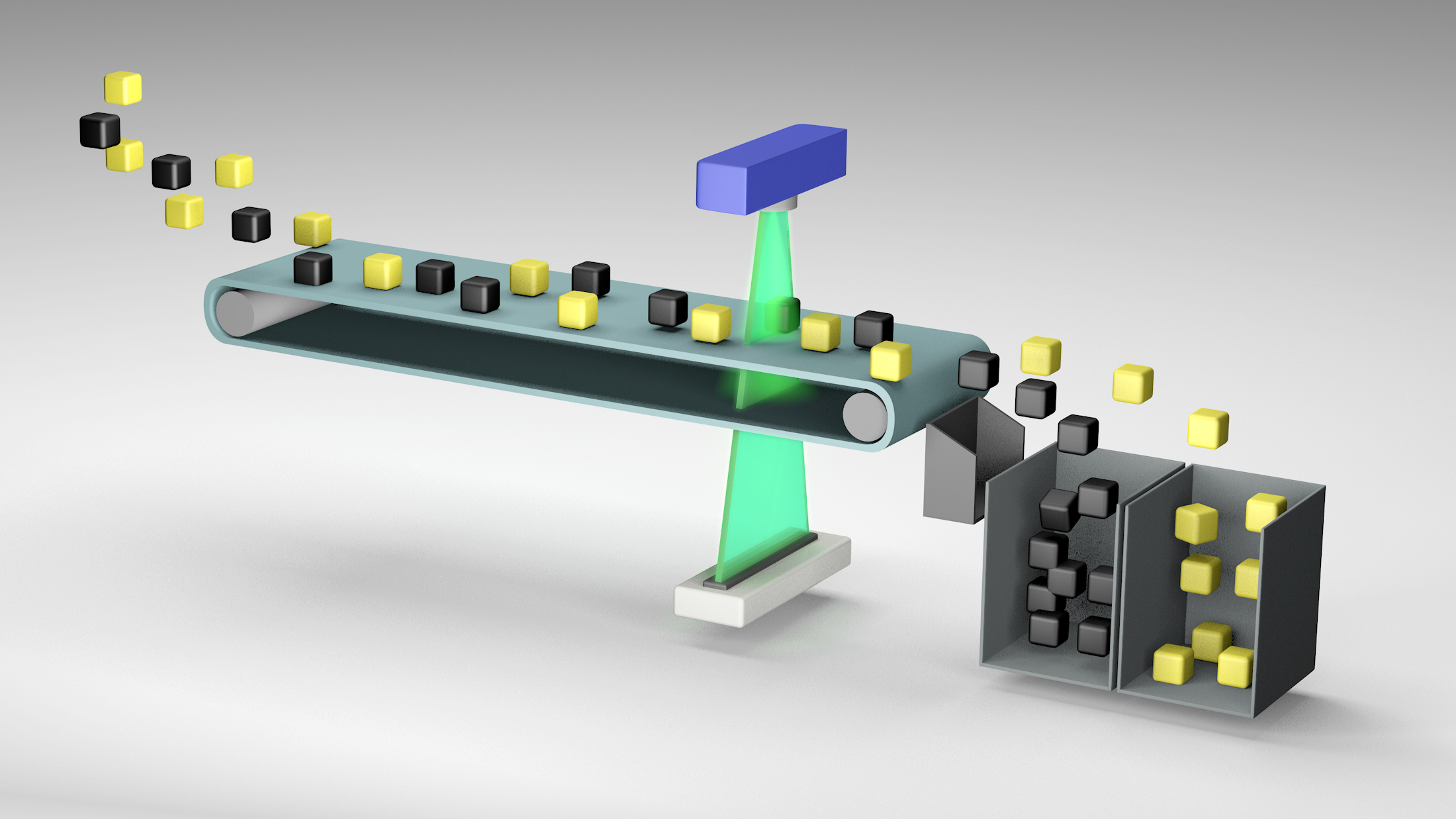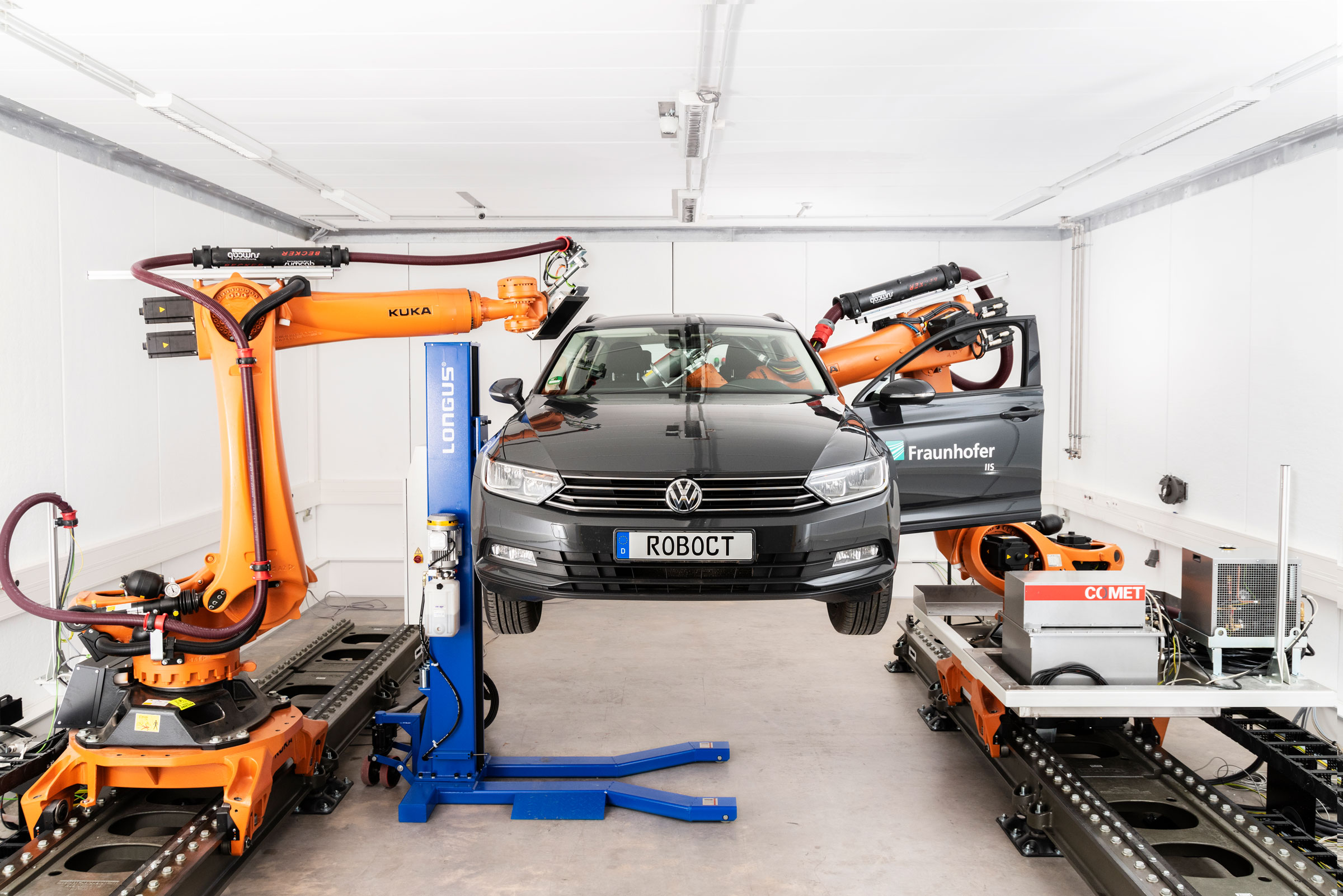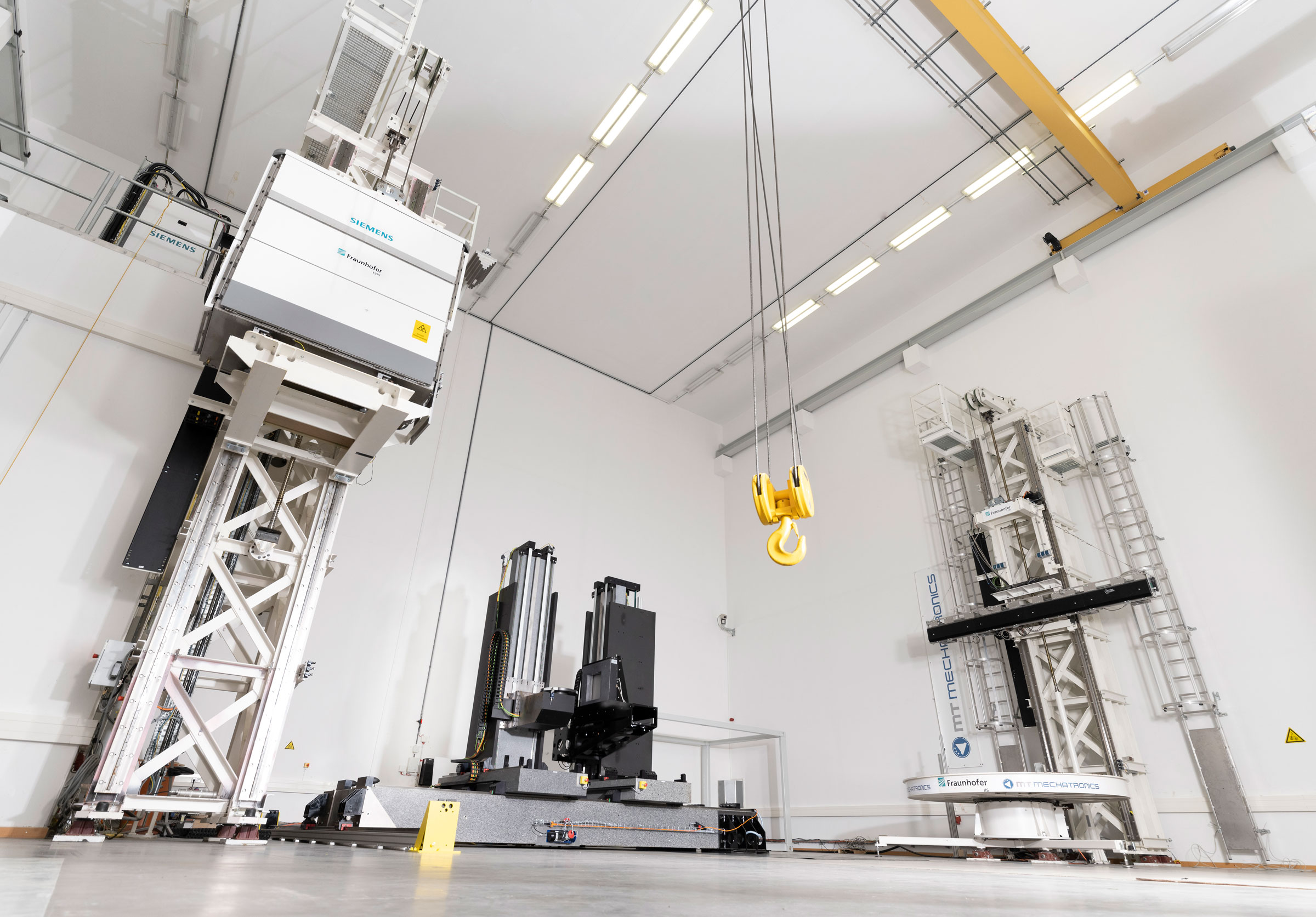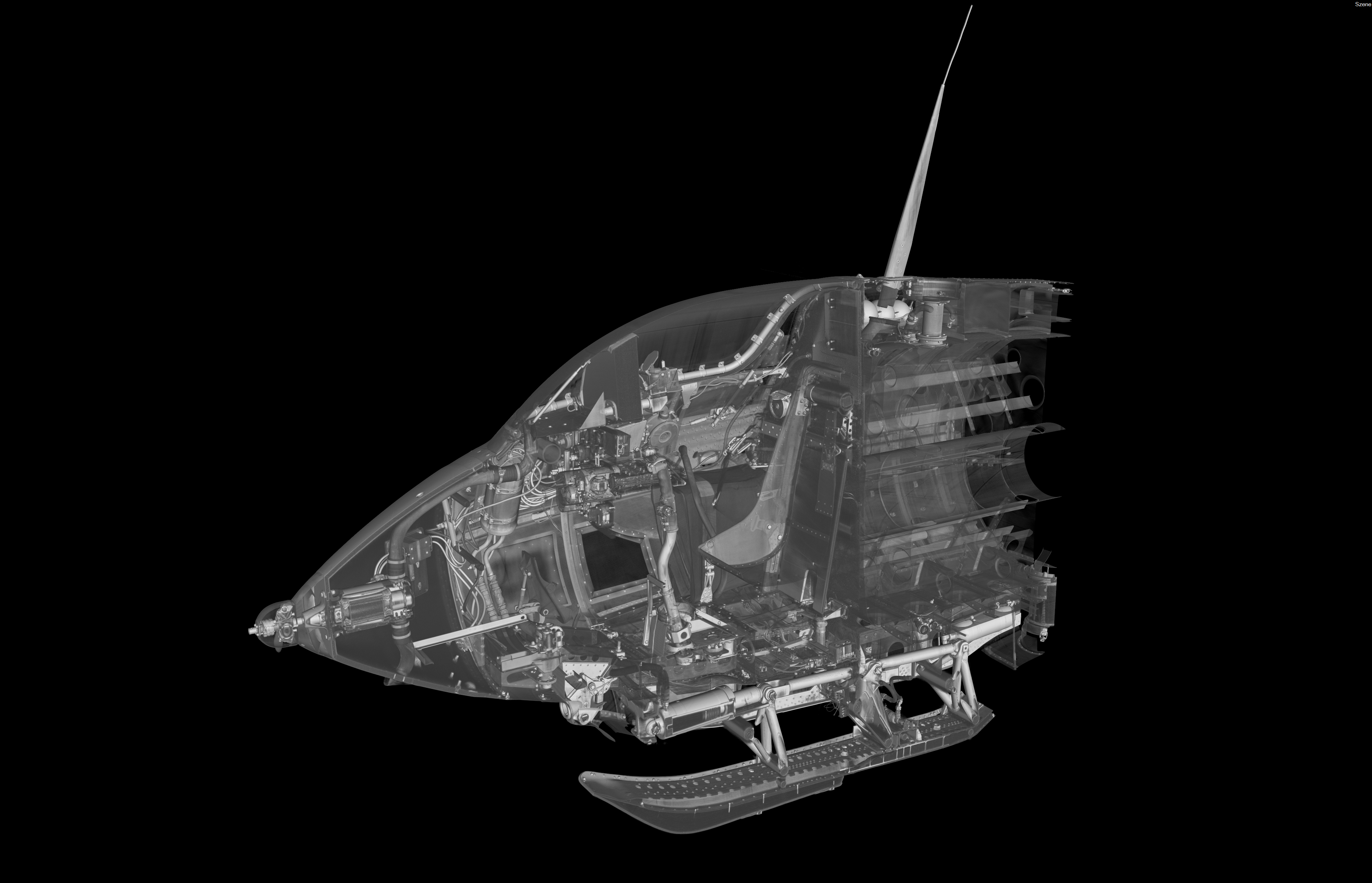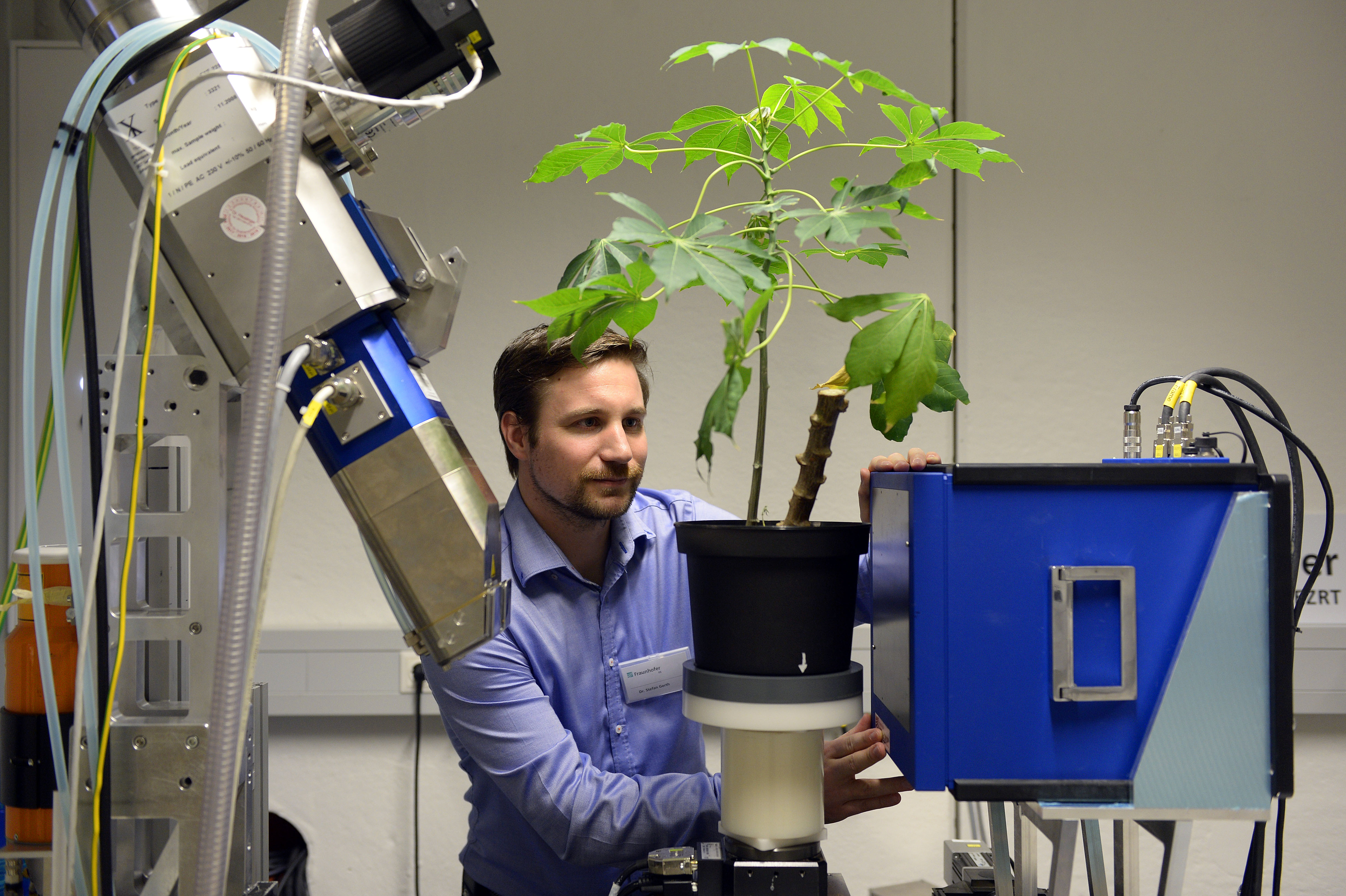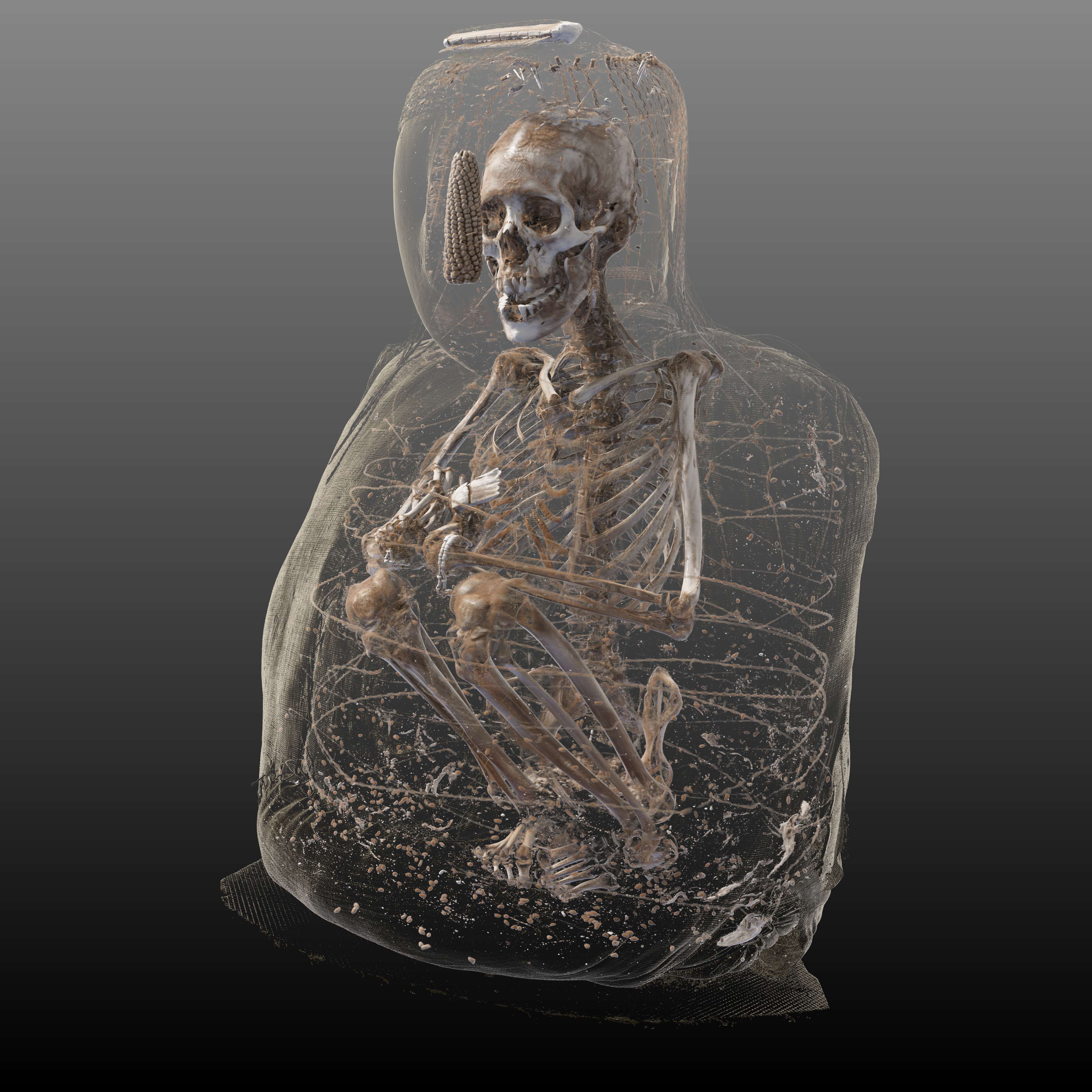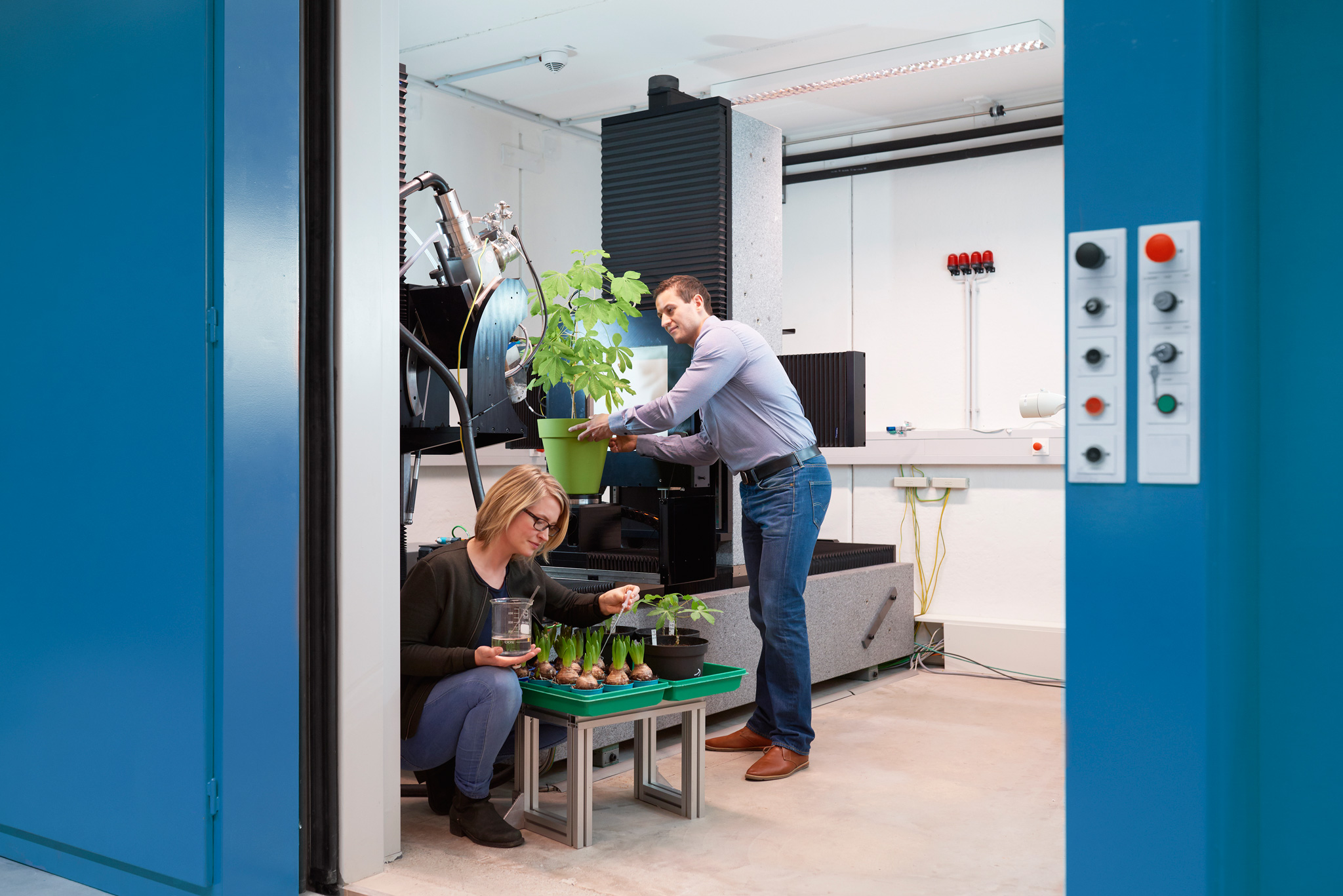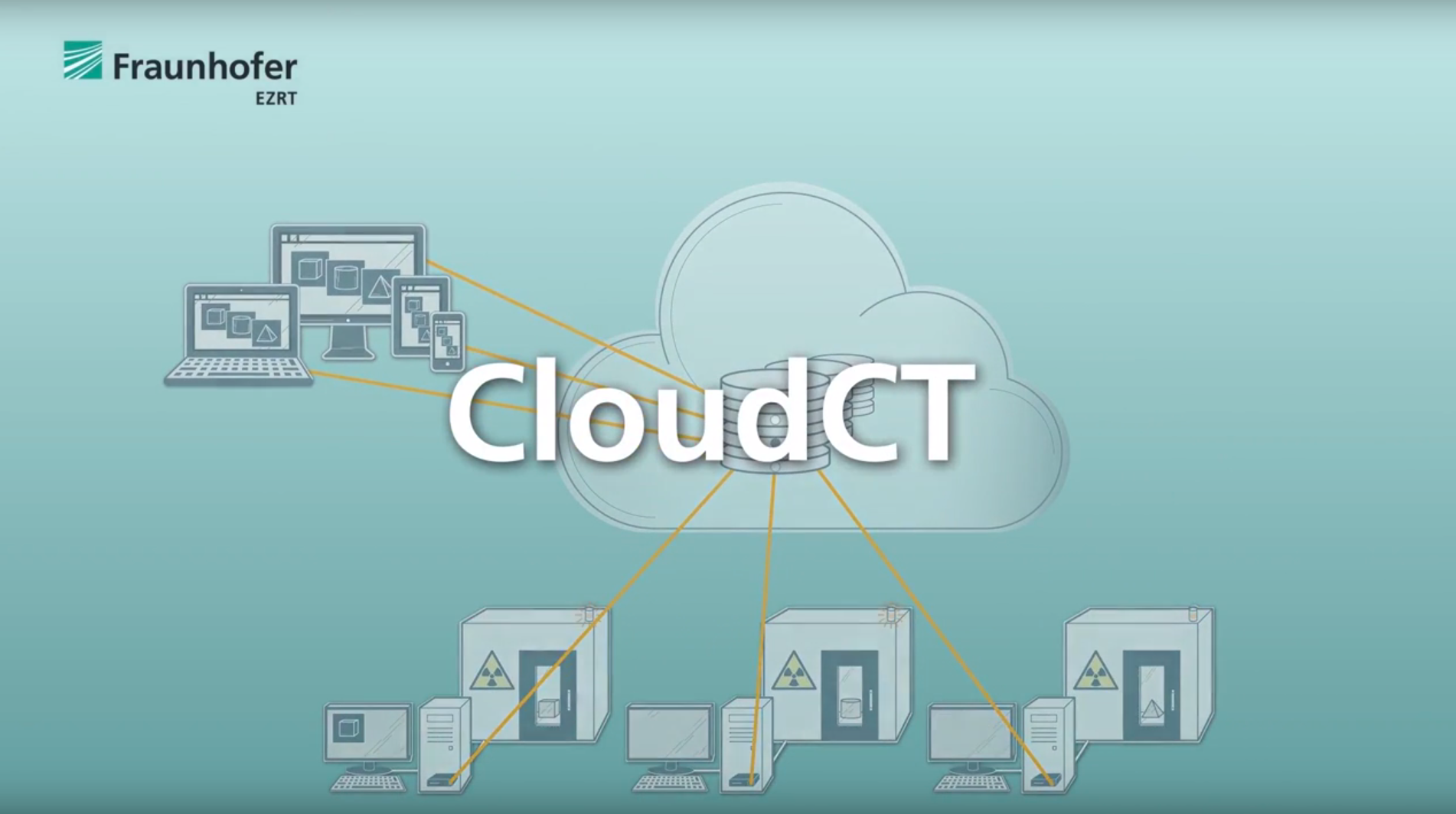Tackling the coffee shortage with Fraunhofer technology and responsible behavior
Series: Innovation Driver Coffee / March 28, 2023

The effects of climate change are making life hard for the sensitive coffee plant. Experts warn that without appropriate countermeasures, more than half of the area currently used for growing coffee will no longer be suitable for that purpose. Katrin Simon from Erlangen Botanical Gardens, Julie Mildenberger from Weltladen Erlangen and Joelle Claußen from Fraunhofer IIS explain how phenotyping coffee plants, embracing experimentation and more conscious consumption can help ensure that coffee can remain a daily pleasure despite climate change and resource scarcity.
